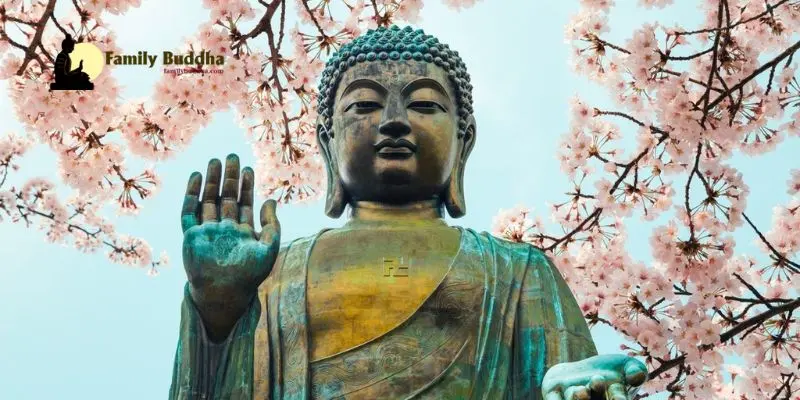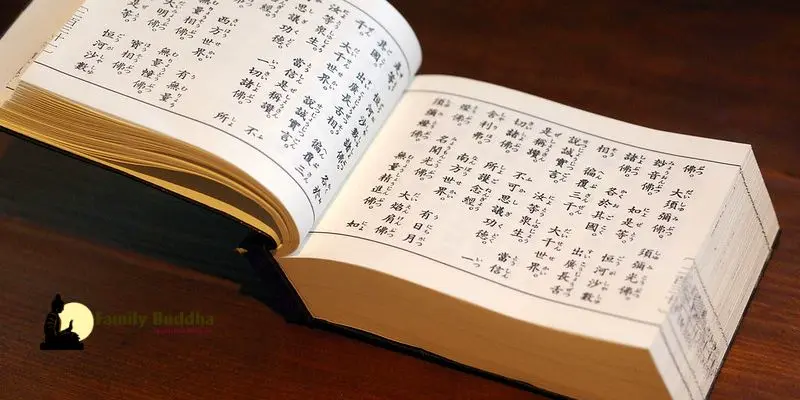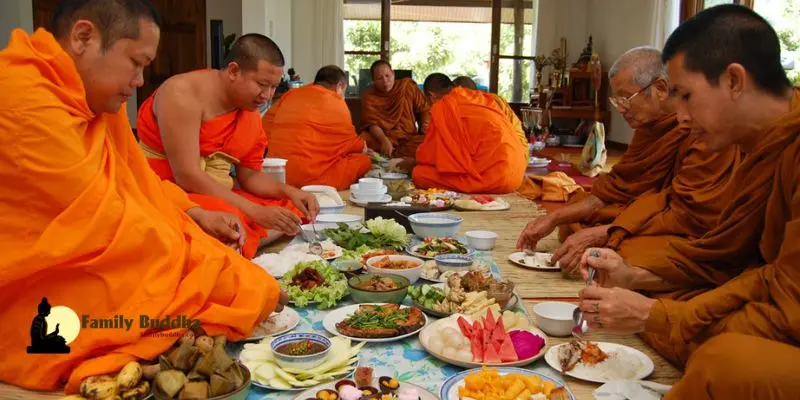“Every morning we are born again. What we do today is what matters most.” This quote, often attributed to the Buddha, resonates deeply in our fast-paced world. Finding moments of peace and reflection becomes ever more important, and for many in Connecticut, that search leads them to the tranquil doors of a Buddhist temple. But what is it about Buddhism, and specifically Buddhist temples in CT, that draws people in?
Stepping into Serenity: Understanding the Allure of Buddhist Temples in CT
Connecticut, with its rolling hills and quaint towns, might seem an unlikely place to find a thriving Buddhist community. Yet, nestled throughout the state are numerous Buddhist temples, each offering a unique gateway to peace, reflection, and the teachings of the Buddha.
What is Buddhism?
Often referred to as a philosophy, a way of life, and a religion, Buddhism originated in India over 2,500 years ago with Siddhartha Gautama, the first Buddha. At its core, Buddhism teaches us that suffering is a part of life, but that suffering stems from attachment and aversion. Through practices like meditation and mindfulness, and by cultivating wisdom and compassion, we can find lasting peace and liberation from suffering.
The Essence of a Buddhist Temple
More than just places of worship, Buddhist temples serve as spiritual oases, offering a refuge from the busyness of daily life. They are places to learn about Buddhist teachings, meditate, and connect with a supportive community.
Exploring Buddhist Teachings: The Path to Enlightenment
The beauty of Buddhism lies in its accessibility. You don’t need to be a scholar to grasp its core teachings, which offer profound wisdom for navigating life’s challenges:
The Four Noble Truths: Unveiling the Nature of Suffering
- The Truth of Suffering: Life inevitably involves suffering, both physical and emotional.
- The Truth of the Cause of Suffering: Suffering arises from attachment, aversion, and ignorance.
- The Truth of the Cessation of Suffering: Suffering can cease by ending attachment, aversion, and ignorance.
- The Truth of the Path to the Cessation of Suffering: The path to liberation is the Noble Eightfold Path.
The Noble Eightfold Path: A Roadmap to Liberation
This path outlines eight interconnected principles for living a moral, mindful, and wise life:
- Right Understanding: Developing wisdom and seeing the world through the lens of the Four Noble Truths.
- Right Intention: Cultivating thoughts of loving-kindness, compassion, and non-harming.
- Right Speech: Speaking truthfully, kindly, and avoiding harmful speech.
- Right Action: Acting ethically and abstaining from harmful actions.
- Right Livelihood: Earning a living in a way that doesn’t harm oneself or others.
- Right Effort: Cultivating wholesome qualities and abandoning unwholesome ones.
- Right Mindfulness: Paying attention to the present moment without judgment.
- Right Concentration: Developing focused attention through meditation.
Treasures on the Path: Essential Elements of Buddhist Practice
The Three Jewels: Guiding Lights on the Journey
- Buddha: The teacher and guide who first illuminated the path to enlightenment.
- Dharma: The teachings and practices of Buddhism that lead to liberation.
- Sangha: The community of fellow practitioners who offer support and encouragement.
Meditation: Cultivating Inner Peace
Meditation is at the heart of Buddhist practice. It’s a practice of training the mind to become more aware, focused, and calm. Different types of meditation exist, each with unique benefits:
- Mindfulness Meditation: Paying attention to the present moment, observing thoughts, feelings, and sensations without judgment.
- Loving-Kindness Meditation: Cultivating feelings of love, compassion, and kindness towards oneself and others.
- Walking Meditation: Bringing mindfulness to the act of walking, noticing the sensations of each step.
Sutras: Words of Wisdom
Sutras are collections of the Buddha’s teachings. They cover a wide range of topics, from ethics and meditation to wisdom and compassion. Reading and reflecting on sutras can deepen one’s understanding of Buddhist teachings.
Stepping into a Connecticut Buddhist Temple: What to Expect
Visiting a Buddhist temple for the first time can feel a bit daunting, but the atmosphere is generally welcoming and inclusive. Here’s a glimpse of what to expect:
- A Serene Atmosphere: Temples are designed to be peaceful and conducive to meditation.
- Statues and Imagery: You’ll likely see statues of the Buddha, bodhisattvas (enlightened beings), and other deities. Each statue holds symbolic meaning, representing different aspects of enlightenment or compassion.
- Offerings: It’s customary to bring offerings, such as flowers, incense, or candles, as a gesture of respect and gratitude.
- Shoes Off: Remember to remove your shoes before entering the main shrine room.
- Respectful Attire: Dress modestly and avoid revealing clothing.
- Silence and Mindfulness: Maintain a quiet and respectful demeanor while inside the temple.
Buddhist Festivals: Celebrating Enlightenment and Compassion
Buddhist festivals, often vibrant and joyous occasions, provide opportunities to connect with the community, deepen one’s practice, and celebrate important teachings:
- Vesak (Buddha Day): Commemorates the Buddha’s birth, enlightenment, and passing.
- Ullambana (Ancestor’s Day): A time to honor ancestors and cultivate filial piety.
- Kathina: A robe-offering ceremony held during the lunar month following the end of the Rains Retreat.
Integrating Buddhist Principles into Daily Life in Connecticut
“Even a small act of kindness can make a big difference.” – Vietnamese Proverb
You don’t need to live in a monastery to benefit from Buddhist teachings. Here are some ways to integrate them into your daily life in Connecticut:
- Start with Mindfulness: Practice mindfulness during everyday activities, like eating, walking, or driving.
- Cultivate Compassion: Practice kindness and understanding towards yourself and others.
- Meditate Regularly: Even a few minutes of daily meditation can make a difference.
- Connect with the Sangha: Find a Buddhist temple or group in your area and attend events or teachings.









